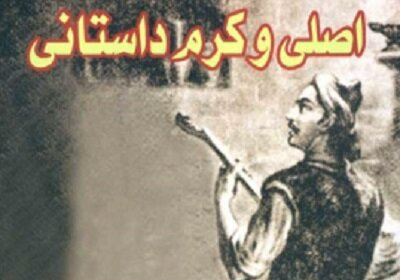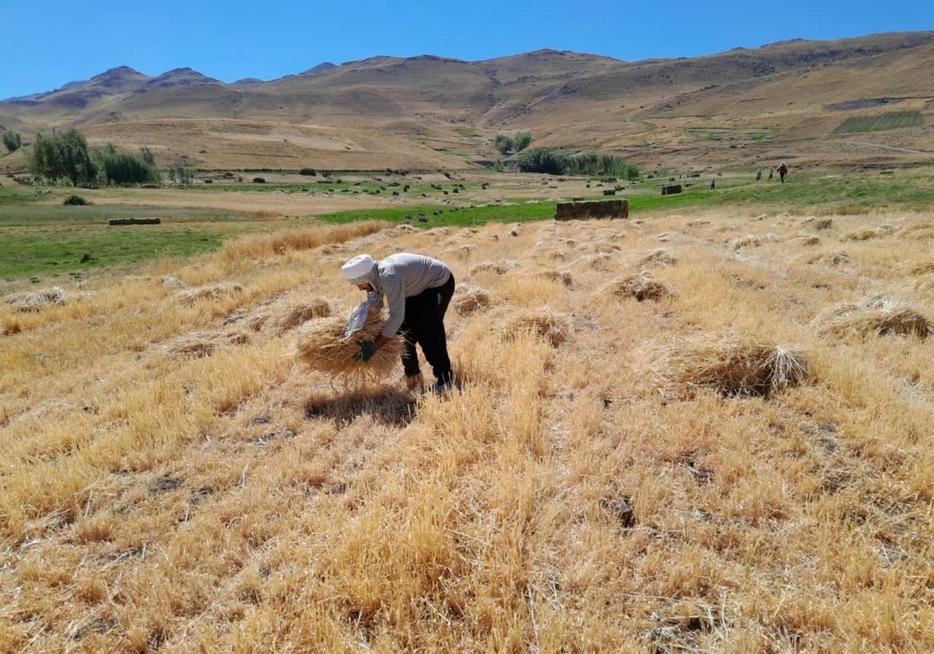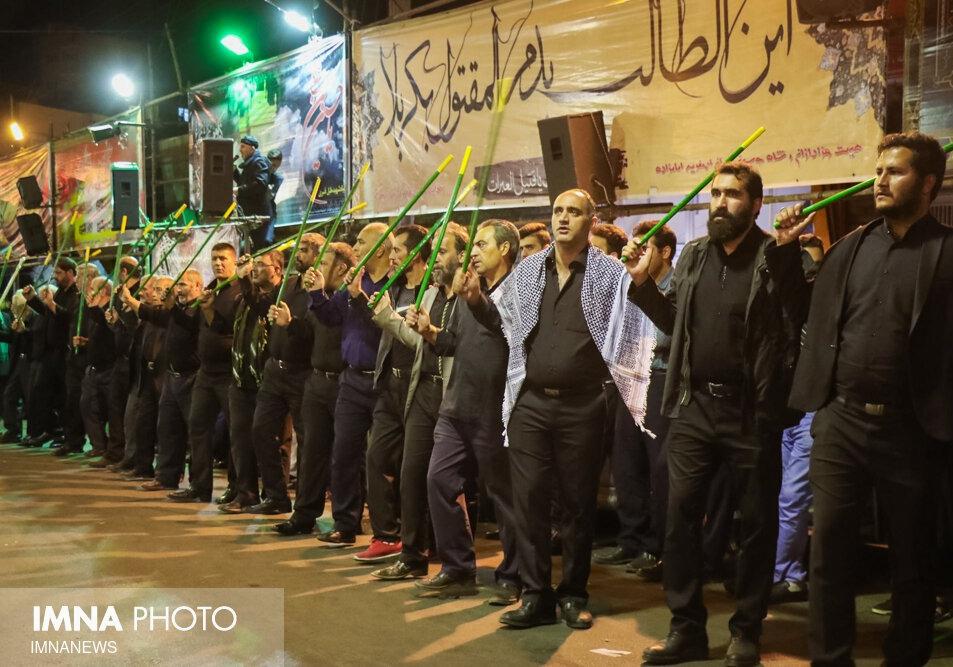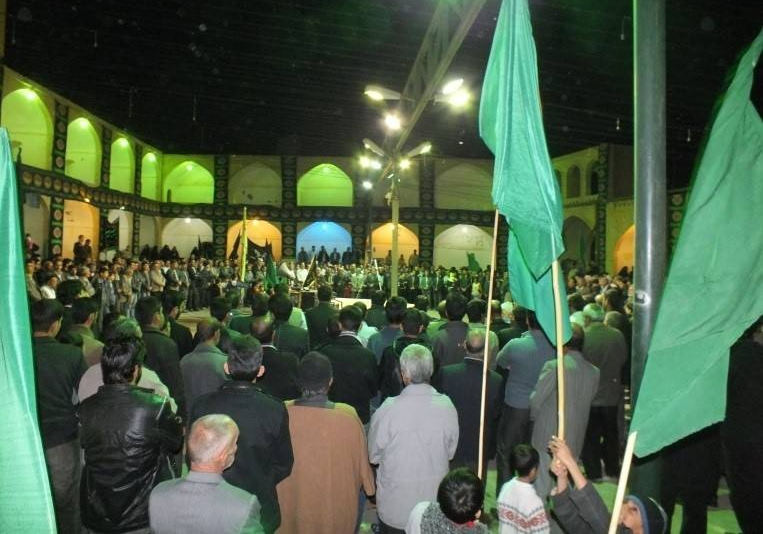
Eid al-Adha Eve in Khvorvandeh Village
Customs and rituals are not just periodic habitual activity or performing some rites but are considered a social movement and a media that have been quite influential in creating harmony and empathy in society over centuries. At the present time, when the invading culture of the West has, by using technology and media, attacked other cultures and threatened their lives, honoring traditional customs and rituals can be considered one of the most important ways of preserving genuine and authentic cultures of different nations. Holding traditional ceremonies and rituals has a great role in transferring beliefs and cultural elements from one generation to the next. Ceremonies and rituals should be seen as a window to reach the root and foundation of cultures and knowing about and understanding the people of earlier generations. There are numerous ceremonies and rituals held in the ancient land of Iran, each of which is several centuries old. These customs and rituals have preserved unrecorded stories from previous generations and the connection of some of these ceremonies, customs, and rituals with religious beliefs has doubled their value. One of these ancient ceremonies is the one that is held on the eve of Eid al-Adha in Khvorvandeh Village.
Where Is Khvorvandeh Village?
Khvorvandeh Village is situated in Razan County of Hamadan Province, which is 75 km away from Hamedan City and Khvorvandeh Village is about 30 km away from it. Khvorvandeh is located at a mountain foothill and its people speak Kurdish and Turkish. The population of the village is about two thousand people. According to the elders of the village, Khvorvandeh has a long history and its longevity is about 400 years.
In the Persian language, “Khvor” means the sun and, therefore, the name of the village should mean “place of the sun”. This naming is because the village is located at the bottom of the mountain and it is as if the sun rises from there every morning and goes to the sky!
The Ceremony of Khvorvandeh Village on the Eve of Eid al-Adha
Rituals are rooted in beliefs. The ceremony that is held in Khvorvandeh Village on the eve of Eid al-Adha is also rooted in the beliefs of its people. It is said that in the distant past, a person who had gone there to take water from the spring of the village on the eve of Eid al-Adha saw a light in the distance that slowly descended from the sky and sat on the mountain. He narrated this scene to the people of the village, and this made them believe that the spring and the mountain had been blessed by Imam Ali (AS). From that time until now, the people of the village gather next to the spring on this night. Women light candles at the foot of the mountain and believe that by doing so their wishes would be fulfilled. Men also go around the spring several times with lit torches in their hands and express their wishes in the hope of being granted. Then everyone takes water from the spring with the containers they have brought from home to drink from the water of the spring and take home.
Features of the Ceremony Held on the Eve of Eid al-Adha
This ritual is performed as a celebration and is accompanied by joy and happiness. At the same time as the ceremony is held, the people of the village dance and sing together. The coincidence of the ceremony with Eid al-Adha, which is one of the great festivities of Muslims, reflects its connection with religious beliefs and has ensured its continuation throughout history.
Eid al-Adha is one of the greatest Eids of Islam which is celebrated on Dhu l-Hijja 10. According to hadiths, this is the day on which the divine command for Prophet Ibrahim (AS) to sacrifice his son, Isma’il (AS), was issued. He took Isma’il (AS) to an altar and was about to fulfill the divine command when Jabra’il (Gabriel) came down with a ram, and Ibrahim (a) sacrificed the ram instead. The traditional rite of offering sacrifice on Eid al-Adha in the desert of Mina, is a commemoration of that event. Muslims consider this act of Prophet Ibrahim (AS) as the peak of his servitude and submission to God Almighty, and they believe that man can reach perfection if, like Prophet Ibrahim (AS), he is obedient to God Almighty. On this day, it is highly recommended to feed the poor and make sacrifices. The ceremony held by the people of Khvorvandeh Village is also a kind of observance of Prophet Ibrahim’s sense of servitude.
The ceremony held by the people of Khvorvandeh Village was inscribed on the list of Iran’s intangible national heritage in the year 2020 AD.
It is said that in the distant past, a person who had gone there to take water from the spring of the village on the eve of Eid al-Adha saw a light in the distance that slowly descended from the sky and sat on the mountain. He narrated this scene to the people of the village, and this made them believe that the spring and the mountain had been blessed by Imam Ali (AS).
| Name | Eid al-Adha Eve in Khvorvandeh Village |
| Country | Iran |
| State | Hamadan |
| City | Razan |
| Type | Religious |
| Registration | National |
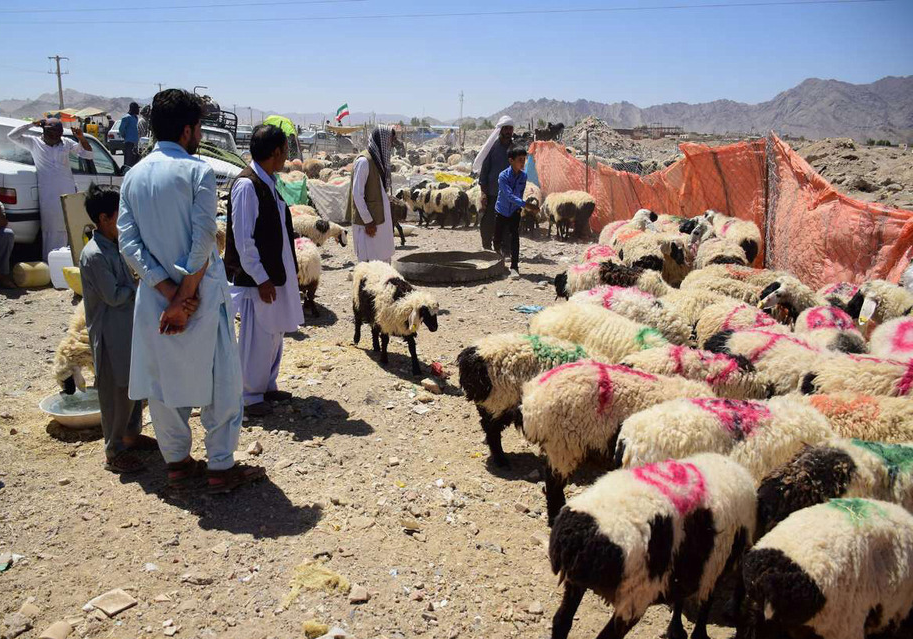

Choose blindless
Red blindless Green blindless Blue blindless Red hard to see Green hard to see Blue hard to see Monochrome Special MonochromeFont size change:
Change word spacing:
Change line height:
Change mouse type:


